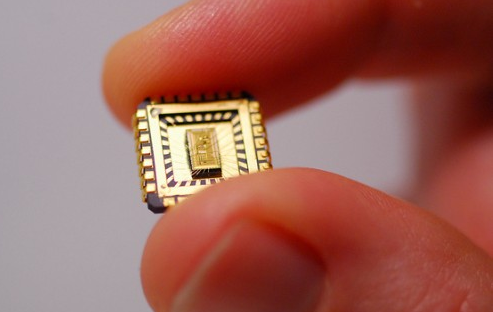Researchers at the Ohio State University and Ohio State College of Engineering have developed a device, using nanotechnology, that can heal organs, tissue, cells with one touch.
According to the researchers, tissue nanotransfection (TNT) can be used to repair injured tissue or restore the function of ageing tissue, including organs, blood vessels and nerve cells.
The research, using mice and pigs, was able to reprogram skin cells to become vascular cells in badly injured legs that lacked blood flow.
The findings revealed that within one week, active blood vessels appeared on the injured leg, and by the second week, the leg was saved.
The researchers say TNT doesn’t require any laboratory-based procedures and may be implemented at the point of care.
They explained that the procedure is also non-invasive, adding that it administered by zapping the device with a small electrical charge that’s barely felt by the patient.
“This is difficult to imagine, but it is achievable, successfully working about 98 percent of the time. With this technology, we can convert skin cells into elements of any organ with just one touch,” said Chandan Sen, director of Ohio state’s center for regenerative medicine & cell based therapies.
“This process only takes less than a second and is non-invasive, and then you’re off. The chip does not stay with you, and the reprogramming of the cell starts. Our technology keeps the cells in the body under immune surveillance, so immune suppression is not necessary.
“Researchers plan to start clinical trials next year to test this technology in humans.”
The result of the regenerative medicine study was published in the journal, Nature Nanotechnology.
Copyright 2024 TheCable. All rights reserved. This material, and other digital content on this website, may not be reproduced, published, broadcast, rewritten or redistributed in whole or in part without prior express written permission from TheCable.
Follow us on twitter @Thecablestyle


Nanotechnology has been around for some time now, I believe it’s about the we create more technologies from it.